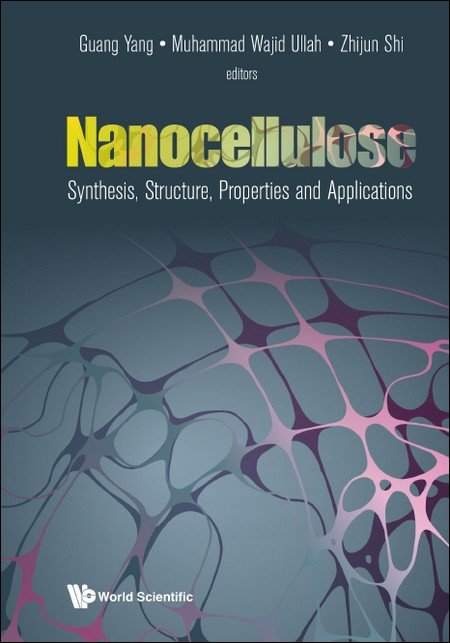Chapter 9: Nanocellulose as a Green Material to Eradicate Environment and Renewable Energy Issues
The human environment is at high risk of contamination by the extensive use of non-degradable resources as well as exhaustion of naturally available resources. To combat the environmental and energy issues, recent developments in nanotechnology have open gateways for the sustainable development of eco-friendly, biodegradable, and renewable polymeric materials. Nanocellulose, possessing unique features such as fibrous structure, high mechanical strength, large surface area, low visual scattering, low-cost, renewability, non-toxicity, biocompatibility, and easy availability, serves as an ideal material for diverse environmental applications. In addition, its unique three-dimensional fibril arrangement allows the impregnation of variety of nanosize materials to enable the development of nanocomposites in the form of hydrogels, aerogels, and films, papers, or membranes. Such substrates serve as templates for inorganic nanoparticles and polymers, or a combination of both. Such unique features make nanocellulose-based materials more efficient, robust, stable, reliable, and environmentally-friendly, thus enabling it to find potential applications in the development of antimicrobial filters and devices for removal of heavy metals, in water treatment and wastewaters purification, in the development of pollutant sensors, as well as in potential applications in catalysis and renewable energy. This chapter provides a comprehensive picture of the recent developments in nanocellulose-based materials to address various issues associated with environment and renewable energy.



